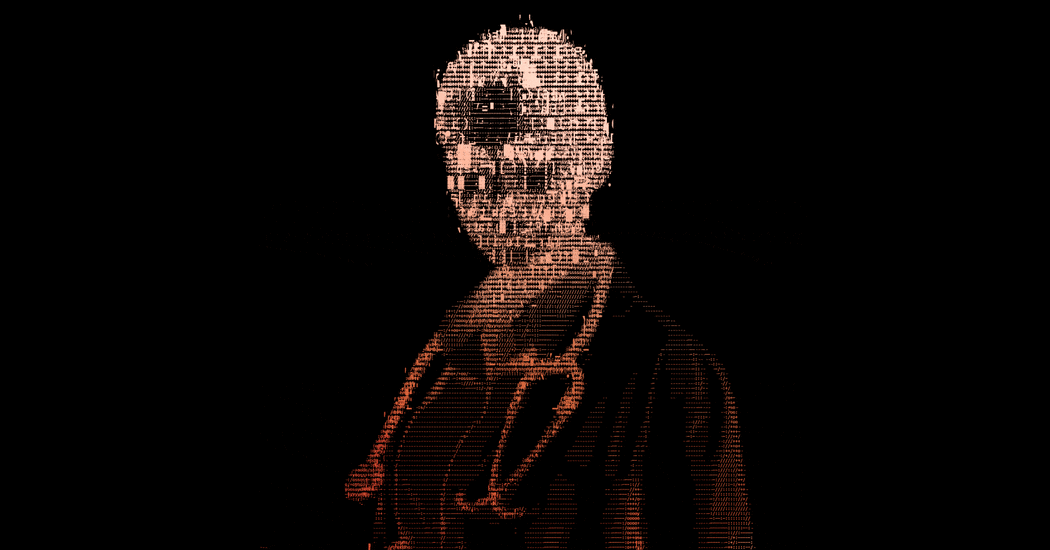But cameras made for daylight can miss animals or poachers moving through vegetation, and the devices don’t work at night. Infrared cameras can help: Dr. Wich had been using them for decades to study orangutans.
These cameras yield large amounts of footage that can’t be analyzed fast enough. So what do animals and stars have in common? They both emit heat. And much like stars, every species has a recognizable thermal footprint.
“They look like really bright, shining objects in the infrared footage,” said Dr. Burke. So the software used to find stars and galaxies in space can be used to seek out thermal footprints and the animals that produce them.
To build up a reference library of different animals in various environments, the team is working with a safari park and zoo to film and photograph animals. With these thermal images — and they’ll need thousands — they’ll be able to better calibrate algorithms to identify target species in ecosystems around the world.
Credit
Endangered Wildlife Trust/LJMU
The experts started with cows and humans in England. On a sunny, summer day in 2015, the team flew their drones over a farm to see if their machine-learning algorithms could locate the animals in infrared footage.
For the most part, they could.
But accuracy was compromised when drones flew too high, cows huddled together, or roads and rocks heated up in the sun. In a later test, the machines occasionally mistook hot rocks for students pretending to be poachers hiding in the bush.
Last September, the scientists honed their tools in the first field test in South Africa. There, they found five Riverine rabbits in a relatively small area. These shy rodents are among the world’s most endangered mammals. Only a thousand have ever been spotted by people.
The tests helped the scientists calculate an optimal height to fly the drones. The team also learned that animals change shape in real time (rocks don’t) as drones fly over. And the researchers found that rain, humidity and other environmental, atmospheric and weather conditions can interfere with proper imaging.
The scientists are refining their system to account for these issues. And in two years, Dr. Burke said, they plan to have a fully automatic prototype ready for testing. Within five years, she hopes to sell systems at cost — today, just around $15,000.
In the meantime, these astro-ecologists are also working with search and rescue groups to help find people lost at sea or in fog. And starting in May, they will collaborate with conservation groups and other universities to look for orangutans and spider monkeys in the dense forests of Malaysia and Mexico, as well as for river dolphins in Brazil’s murky Amazon River.
By JOANNA KLEIN
https://www.nytimes.com/2018/04/05/science/drones-infrared-cameras-animals.html
Source link


